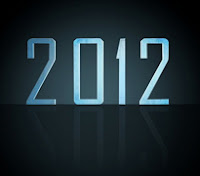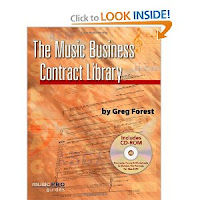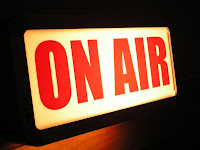
I'm not sure how this directly applies to music, but it sure is fascinating on many levels. We think of the
Web as everything that
Google can find, but did you know that there's a huge amount of data that's not indexed or searchable?
It's estimated that the size of the searchable Web is at 167 terabytes (a terabyte is 1024 gigabytes) worth of data, while the so-called "
Invisible Web" or
"Deep Web" is more than 91,000 terabytes!! Wow, that's a lot of data that can't be easily found.
Why isn't this data available via
Google? Google sends out spiders to regularly index websites, but there are some that require a password that just won't allow that kind of access. These include private networks and library sites, which have huge amounts of information.
There are a number of ways to access the data of the "invisible web" though, and here are 8 search engines that are expert in just such a task, thanks to a great article on
MakeUseOf. I'll give you a brief overview here, but
see the entire article for more detail.
1)
Infomine has been built by a pool of libraries in the United States. Some of them are University of California, Wake Forest University, California State University, and the University of Detroit. Infomine ‘mines’ information from databases, electronic journals, electronic books, bulletin boards, mailing lists, online library card catalogs, articles, directories of researchers, and many other resources.
2) The
WWW Virtual Library is considered to be the oldest catalog on the web and was started by started by
Tim Berners-Lee, the creator of the web. So, isn’t it strange that it finds a place in the list of Invisible Web resources? Maybe, but the WWW Virtual Library lists quite a lot of relevant resources on quite a lot of subjects. You can go vertically into the categories or use the search bar. The screenshot shows the alphabetical arrangement of subjects covered at the site.
3)
Intute is UK centric, but it has some of the most esteemed universities of the region providing the resources for study and research. You can browse by subject or do a keyword search for academic topics like agriculture to veterinary medicine. The online service has subject specialists who review and index other websites that cater to the topics for study and research. Intute officially closed in July of 2011, but will remain available online for 3 additional years, but without any updates or revisions.
4)
Complete Planet calls itself the ‘front door to the Deep Web’. This free and well designed directory resource makes it easy to access the mass of dynamic databases that are cloaked from a general purpose search. The databases indexed by Complete Planet number around 70,000 and range from Agriculture to Weather. Also thrown in are databases like Food & Drink and Military.
5)
Infoplease is an information portal with a host of features. Using the site, you can tap into a good number of encyclopedias, almanacs, an atlas, and biographies. Infoplease also has a few nice offshoots like
Factmonster.com for kids and Biosearch, a search engine just for biographies.
6)
DeepWebTech has a product called
Explorit that gives you five search engines (and browser plugins) for specific topics, but for a price. The search engines cover science, medicine, and business. Using these topic specific search engines, you can query the underlying databases in the Deep Web. There's a trial so you can get a feel for it and see if it's worth paying for.
7)
Scirus has a pure scientific focus. It is a far reaching research engine that can scour journals, scientists’ homepages, courseware, pre-print server material, patents and institutional intranets.
8)
TechXtra concentrates on engineering, mathematics and computing. It gives you industry news, job announcements, technical reports, technical data, full text eprints, teaching and learning resources along with articles and relevant website information.
----------------------------------
You should follow me on
Twitter for daily news and updates on production and the music business.

























